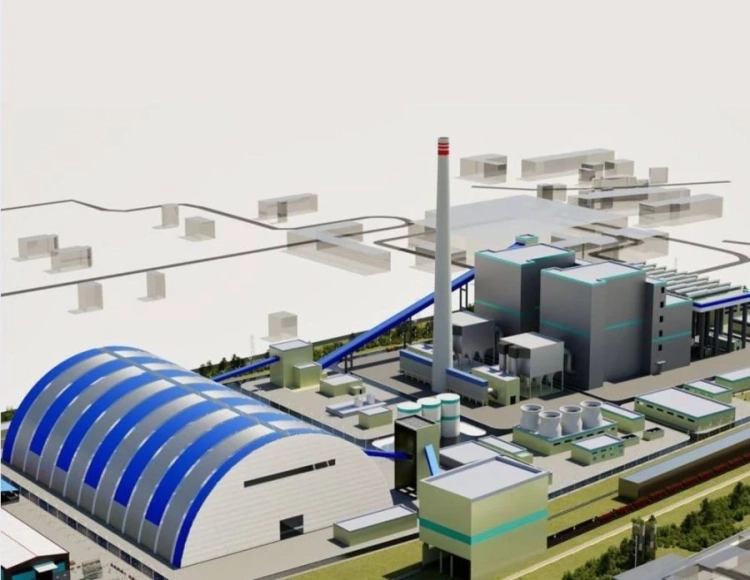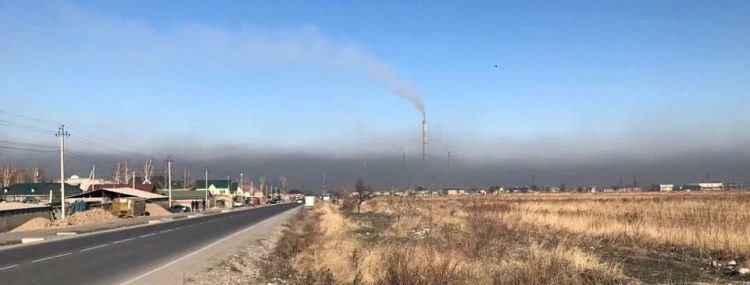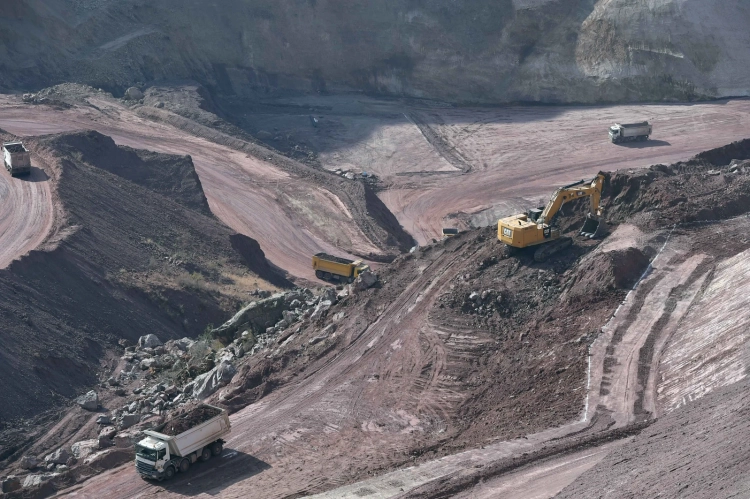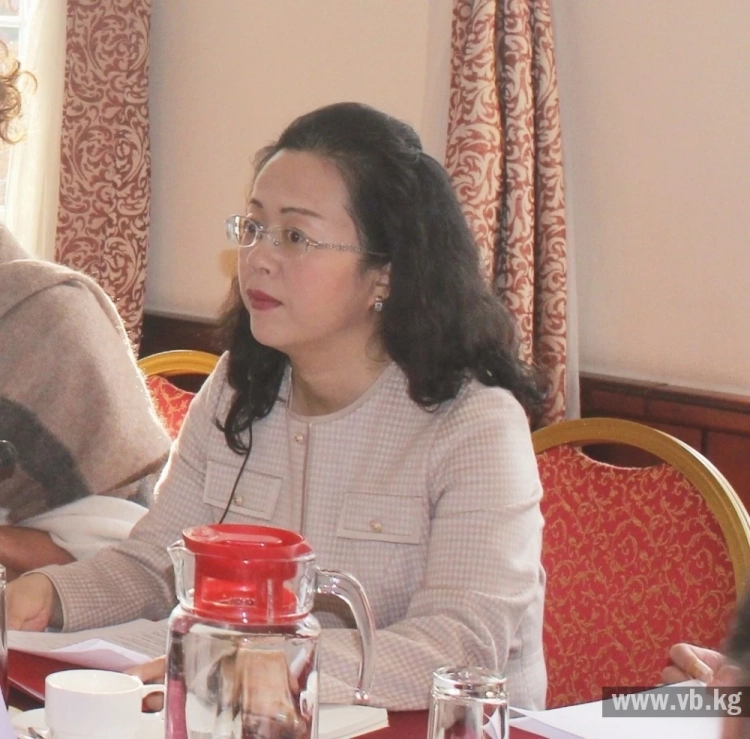
In the coming days, the republic will receive about 424 thousand tons of Kazakh coal About 15 days...
- From January to August 2025, various dynamics in coal production were observed in Kyrgyzstan....

The territory of the republic has discovered deposits of coal, gas, and oil. Among them, coal...

The Republic has a significant amount of diverse fuel and energy resources. Involving them in...

Emergency measures were taken to increase the extraction of fuel, primarily coal. Assessing the...
- From January to August 2025, there has been an increase in the extraction of key construction...
- From January to August 2025, Kyrgyzstan registered a decrease in oil and natural gas production...

The traces of ancient mining operations in the territory of Kyrgyzstan indicate that mercury,...

The TPP-5 project aims to reduce dependence on electricity imported from abroad and increase...

The Industry of Kyrgyzstan in the Territory of Turkestan In the early 1890s, intensive exploration...

The war exacerbated the situation regarding the supply of oil to the country's industry and...

Even during the time of the Kokand Khanate, the wealth of the subsoil of Kyrgyzstan was well...

In 2017, wheat harvest in Kyrgyzstan reached 665 thousand tons. Thanks to this, the flour reserves...

City of Kök-Jangak (Kyrgyz: Көк-Жаңгак) — a city of regional subordination in the Jalal-Abad...

Kumtor Deposit is a unique site developed by the Canadian company "Centerra Gold Inc.",...

The development of Kyrgyzstan's industry began even before the October Revolution. In 1913,...
- In the first nine months of 2025, the gross agricultural output of the country reached 348.4...

Kyrgyzstan is rich in natural resources, with rare metal deposits of gold and sulfur-containing...

The First Deputy Prime Minister of the Kyrgyz Republic, Taiyrbek Sarpashev, held a meeting with...

The data provided by international organizations such as UNEP, UNDP, UNICEF, the International...

The first settlements in the current location of the city of Tashkumyr appeared during the...

As of January 1, 2013, the territory of the Kyrgyz Republic, according to the State Registration...

Coal deposits in the republic are grouped into 4 basins (Southern Fergana, Uzgen, Northern...

In the Issyk-Kul region, a clean-up was held in the Kychyn gorge, where over 3 tons of garbage...
- From January to August 2025, Kyrgyzstan recorded an increase in the production volumes of several...

Meat Production. During the reporting period of 2015, economic entities of all categories in the...

On October 8, this was stated by the Minister of Economy of Kyrgyzstan, Oleg Pankratov, at a press...

In order to control the price situation in the coal extraction and sales market, to curb price...

The Attack of Nazi Germany on Poland. On September 1, 1939, Nazi Germany attacked Poland. Two days...

As of today, Kyrgyzstan has registered reserves of more than 1,000 deposits belonging to 51 types...

In the first half of 2014, industrial enterprises produced goods worth 65,851.3 million soms, with...

Before 1917, there were 6 semi-artisanal brick factories in Kyrgyzstan, mostly operating...

The situation in Kyrgyzstan by the end of the Civil War was very difficult. In 1922, industrial...

Sartova Kulumkan Abdykerimovna Candidate of Chemical Sciences, Associate Professor. Born in 1952....

The share of the forest, woodworking, and pulp and paper industry of the republic in 2000 was: by...

The various types of transport in the republic that grew during the years of Soviet power—railway,...

People's Experience in Using Natural Resources. The republic has reserves of fossil fuels,...

Ancient Metallurgy. The mastery of metal smelting in human history was a great discovery that led...
- According to data from the Ministry of Economy and Commerce, the gross output produced by...

The forge of the zergers. Mid-19th century. The photo is kept in the State Historical Museum...

Creation of the Construction Industry Base in Osh Of course, the development of the city of Osh...

At the national multilateral dialogue "Combating Transport Air Pollution in Kyrgyzstan:...

Industry in Kyrgyzstan The leading sector of the national economy of the Kyrgyz SSR became...

RESOLUTION OF THE COUNCIL OF PEOPLE'S COMMISSARS OF THE KYRGYZ SSR AND THE CENTRAL COMMITTEE...

Everything for the Defeat of Fascist Aggressors From the very first days of the war, the efforts...

KYRGYZSTAN. Kyrgyz Republic A country in the northeast of Central Asia. Located within the...

The light industry of Kyrgyzstan encompasses its three sectors: textile, garment, and...

Since the Sakas did not have a centralized state, they did not conduct a specific foreign policy....